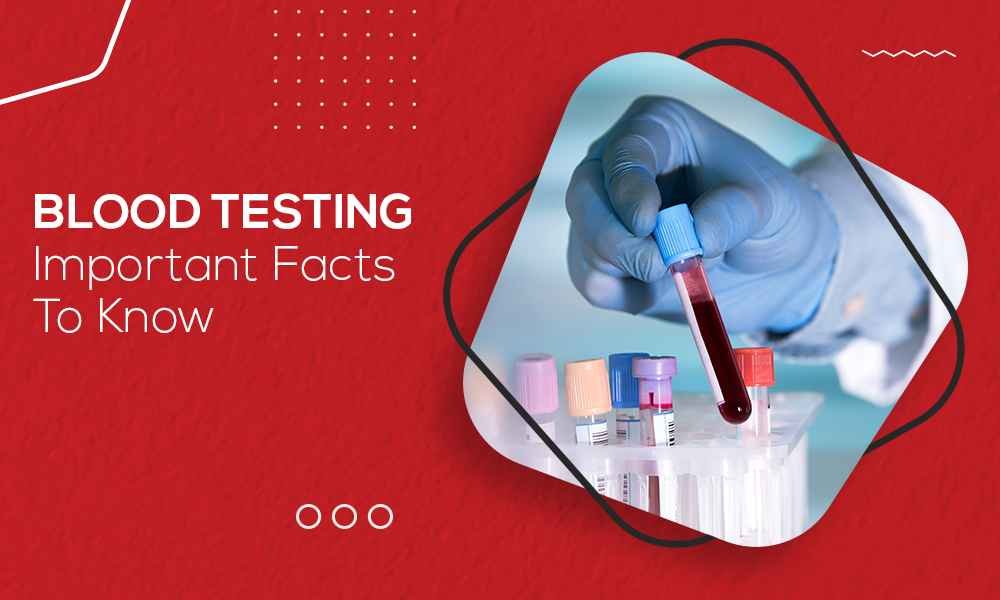Defining blood tests
The blood contains substances that medically require measurement to know if they are within healthy limits. These include proteins, chemicals, cells, plus other materials. A blood test measures the quantity of these substances. Interestingly, blood tests are one of the commonest laboratory procedures. They feature in routine medical checkups and have other important uses like:
- To diagnose some health conditions and illnesses
- To keep severe conditions like diabetes under check
- To determine how functional a disease treatment is
- To see how well body organs like the kidney, thyroid gland, heart, and liver are functioning
- To detect problems with bleeding or clotting
- To assess the performance of your immune system against infectious diseases
What blood test types are there?
Several blood tests are available. The common types are:
- Complete blood count: It is called complete because the vital components of blood: red blood cells, white blood cells, platelets and hemoglobin are measured. Oftentimes, patients get a complete blood count during a regular health checkup.
- Basic metabolic panel: The chemicals responsible for body metabolisms like calcium, glucose, electrolytes and the rest are measured by this group of tests.
- Blood enzymes tests: Substances that regulate chemical reactions in the body are called enzymes. Blood enzyme tests are of different types. Common types of these tests include creatine kinase and troponin tests. The heart condition is what these tests check for, like heart attack and heart muscle condition.
- Blood tests for heart disease detection: To identify issues affecting the heart, these tests are carried out, and they are made up of triglyceride tests and cholesterol tests.
- Blood clotting tests: With these tests, any potential issue that leads to excessive clotting or excessive bleeding can be identified. These tests are also known as coagulation panels.
What does a blood test involve?
A sample of your blood will be taken to check for the presence of any impurities. That’s why it’s called a blood test in the first place. The process of taking this sample is known as a blood draw. And this blood is drawn from the blood vessels or veins – a procedure called venipuncture.
In venipuncture, a laboratory expert called a phlebotomist armed with a small needle will draw blood from a selected vein in your arm. The needle will be gently inserted into the vein, and a small amount of blood will be passed through the needle into the adjoining vial. A stinging sensation may be felt as the needle pricks the skin to go under and to come out. In 5 minutes, a blood draw will be done, and the sample labelled and taken for laboratory testing.
One very common method of testing blood is via venipuncture. This, in fact, is the conventional pattern of drawing blood and is practised widely in many clinics and labs.
But there are more ways aside from venipuncture that blood can be tested, including:
- Finger prick test: As the name implies, the tip of the finger is pricked to get a small quantity of blood. At-home test kits and rapid tests often come with finger prick testing. Rapid tests offer the convenience of use with a speedy outcome. No special equipment is needed for this test; even if it’s needed, it would be minimal.
- Heel stick test: Newborns usually get this type of test. It is typically performed by cleaning the baby’s heel with alcohol, pricking it with a small needle, and blood will drip. Few drops will be taken, and the puncture site will be bandaged. A doctor or nurse can perform this test.
- Arterial blood test: The level of blood oxygen is measured with this test. Veinal blood contains less oxygen than blood from the arteries. Based on this, the blood draw is done on an artery, not a vein. Sharp pain may be experienced as the needle penetrates the area.
How should I get ready for this test?
Many times, blood tests require no preparation. But there are cases where you are asked not to eat or drink in preparation for the blood test. Consult your doctor to know if there are any special instructions you must adhere to for blood tests.
Is blood test risky?
For tests like venipuncture and finger prick, the risk is highly minimal. Venipuncture may present a little discomfort or bruise at the puncture site; however, many symptoms do disappear very fast.
The heel stick test poses minimal risk to babies. They may experience a slight pinch from the poking of the heel, and a little bruise may be seen at the punctured site.
More discomfort is felt when blood is drawn from the artery than when the vein is involved. However, this doesn’t pose any complications. There may be little tenderness, bleeding or bruising at the site that was punctured. Again, you are advised not to carry heavy things for a day following the test.
What else should you know?
Relevant information on your health can be presented from a blood test. However, not all the information sufficient for a diagnosis on your health is obtained from this test. A blood test is just one of the necessary tests in addition to other tests that should be done for a proper diagnosis of a health condition. Contact us for a Blood test in London.


1 comment
Hi, thanks for sharing this blog. Blood testing could be more informative.
Tractor